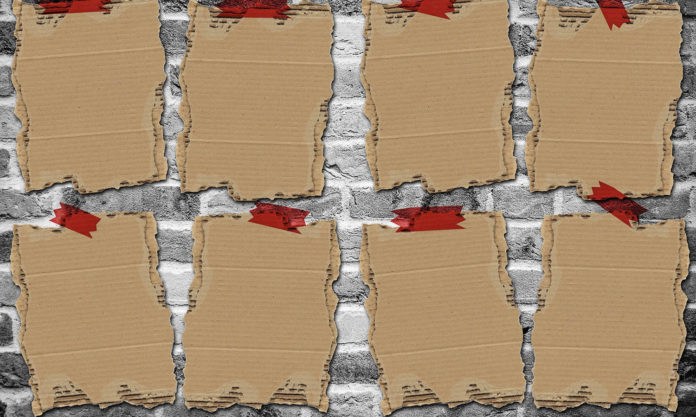In a new post, Janice Hardy offers advice for piecing together multiple drafts of a manuscript. “Some novels are really hard to revise,” she says. “The story goes through multiple drafts and there are strong scenes in each one—but no one draft that works on its own. The only way to save the story and craft the novel you know you have in there somewhere, is to pick the best scenes and smoosh it all together.”
That could result in a great draft or a pile of strong scenes that don’t work together or something worse. Fortunately, you can still make it to the end, with some effort.
First, Hardy says you have to identify what works and what doesn’t. “Make a list of your scenes allows you to identify which pieces contribute to your core conflict and which don’t,” she says. “Note the critical details in all the scenes you plan to use and see how they flow together.” Put those scenes in a new file in the right order.
This version may still feel disjointed, but now you have your strongest scenes in the right order, as well as an idea of how they flow and work together. At minimum, you’ll need to work on your transitions, but you might also need to add and cut scenes.
Hardy also identifies some pitfalls to avoid:
- Scenes you love that don’t work. “In multiple drafts, it’s easy to have favorite moments you want to include, and you’ll probably work hard to get them to fit,” Hardy writes. “But just because it’s a great scene doesn’t mean it’s great for the final story or plot.” Sometimes, the fact that you’re having a hard time finding a place for a scene is a sign it doesn’t suit this story. You might find a cool way to use it, but you might not. Consider whether the scene advances the core conflict, offers new and relevant information, and flows with your story.
- Leftover information that is no longer relevant. Did you eliminate a character, change a scene setting, or drop a subplot? You might find remnants of those prior scenes in your remaining manuscript.
- Information stated in multiple scenes. “Description and backstory are two more spots that can cause trouble,” Hardy says. “A scene that introduced a character in chapter one might now be in chapter five, and readers already know who they are.” As you read, flag anything that sounds familiar and check back to see if you’ve already shared information or backstory in another place. Hardy suggests revising chronologically to check your details, foreshadowing, backstory, and timelines.












